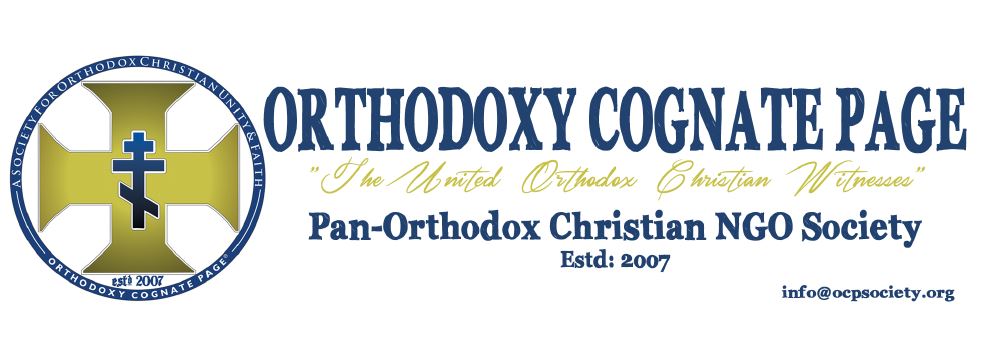Church in Turkey’s Southeast preparing for Religious Ceremony

The restoration of the Surp Giragos Church in Diyarbakır has been coordinated by the Istanbul Armenians Foundation and Diyarbakır Metropolitan Municipality.
8/2/2011
VERCİHAN ZİFLİOĞLU
ISTANBUL – Hürriyet Daily News
After the church on Akdamar Island in Van, the Surp Giragos Armenian Church in Diyarbakır is now preparing for a religious ceremony. The Istanbul Armenian Foundation undertook the restoration of the church, bringing together Turkey and the Armenian diaspora. ‘This church is the common heritage of humanity,” says the foundation’s chairman, Ergün Ayık.
Resurrecting memories of the Armenian presence in Southeast Anatolia, workers in Diyarbakır are putting the finishing touches on a $3.5 million restoration on what was once one of the largest churches in the Middle East, Surp Giragos.
Officials from Turkey, Armenia and the Armenian diaspora are expected to attend a Divine Liturgy to celebrate the church’s reopening, which is scheduled for later this year.
“After the restoration process, we are planning to draw faith tourists from around the world,” Surp Giragos Armenian Church Foundation Chairman Ergün Ayık recently told the Hürriyet Daily News & Economic Review.
The coming Armenian religious service marks a second for the region after the Divine Liturgy was held last September at the Surp Haç Armenian Church on Van’s Akdamar Island, drawing top Turkish officials, Turkish-Armenians and members of the diaspora.
Unlike Surp Haç, however, Surp Giragos will remain in the possession of the Armenian community after restoration is complete. The Istanbul Armenian Foundation coordinated the church’s restoration, drawing funds from diaspora Armenians, as well as Diyarbakır Metropolitan Municipality, which is expected to meet one-third of the restoration budget. The Turkish government, meanwhile, has promised to provide 25,000 Turkish Liras toward the church’s refurbishment.
The church is the first in Anatolia to be restored by Armenians, Ayık said, adding that they initially had problems with the country’s Culture Ministry.
“Right before the restoration we asked for support from the ministry but we were told to hand over the ownership of the church to the ministry in return for support. If we had accepted it, Surp Giragos would have opened as a museum like [Surp Haç] in Van,” the chairman said.
Culture Minister Ertuğrul Günay visited Diyarbakır to examine the restoration process at the church a few months ago, Ayık said. “He said he would provide a budget of 25,000 liras for the restoration, but we have not received it yet.”
Only family in Diyarbakır
According to some art historians, the church is the largest in the Middle East. The complex sprawls over 3,200 square meters and includes priests’ houses, chapels and a school. The church was seized by the German army in 1913 and served as their local headquarters until 1918, when it was converted into a fabric warehouse.
Ayık also said Surp Giragos had several unique architectural features. “Churches normally have one altar but Surp Giragos has seven altars. Its original roof was covered with the earth from around the region. We will do it again. The earth has been stripped of seeds to prevent the growth of plants. It should also be vented regularly, every year.”
The chairman, whose family is originally from the southeastern province, said the church was handed over to the foundation by the General Directorate of Foundations in the 1950s and continued providing church services until 1980.
By the 1980s, there were only five Armenian families left in the province; now, however, there is just one.
“In accordance with the law of foundations, people had to live in the cities where they worked for foundations in Anatolia, but there was no Armenian society in the city. This is why the church was left alone, without a society, and looted by treasure hunters,” he said, adding that only the Hatay-Vakıflıköy, Kayseri and Diyarbakır churches survived today among the 2,000 churches and monasteries that once dotted Anatolia.
“These churches do not just belong to us; they are the cultural heritage of Turkey. We should preserve them,” Ayık said.
Ayık also said he had asked for help from diaspora Armenians living in different countries throughout the world.
“They ask why we are restoring a church that does not even have a society and whether it will be turned into a museum,” he said. “I have explained to them the importance of protecting these structures and have tried to persuade them that it will not become a museum [out of the control of Armenians].”
The chairman, however, said the foundation planned to turn one of the chapels into a museum.
“We will display the lifestyle of Diyarbakır’s Armenians. There will also be concerts and exhibitions. In this way, the church will be able to finance itself,” Ayık said.
Ultimately, the chairman said conduction such restoration would not have been so possible 10 years ago. “Turkish society and Turkey is changing. People want to know about the societies that they live with.”
